Working with a model during her first shoot and how to make it a success
Trial by fire
In the previous blogpost you already saw the results from the test session with Jannaika.
The images were shot during the Digital Classroom live stream.
Today in the blog the full episode of Digital Classroom with a much requested topic.
“how to work with models during their first shoot and how to make it a success”
See the full session and get all the tips about lighting, posing and how to coach your model.
If you have any questions, feel free to ask.

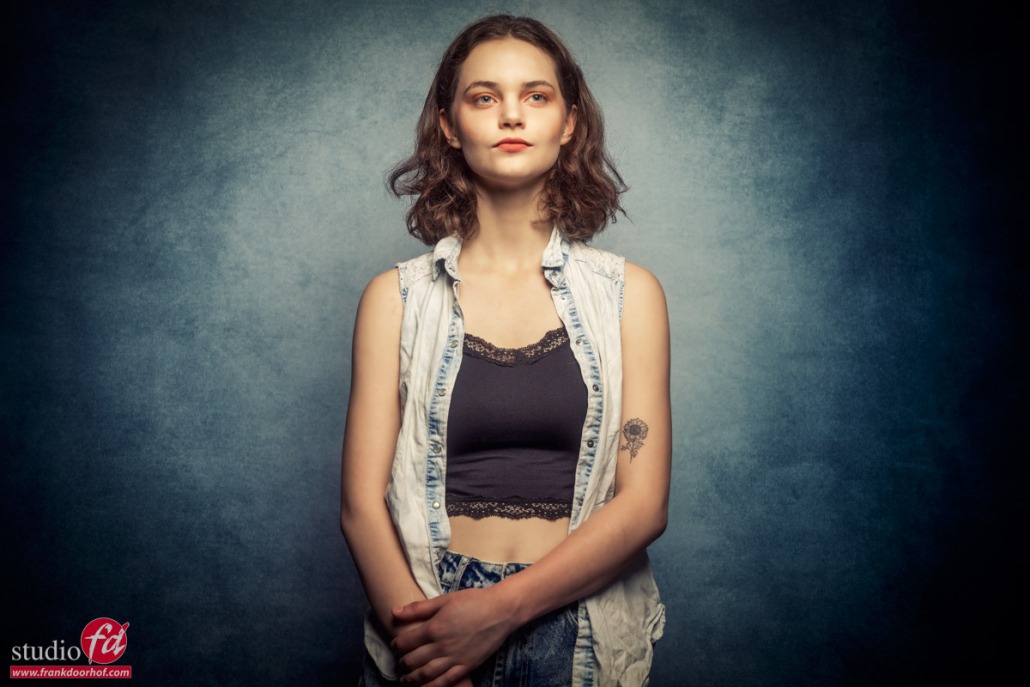
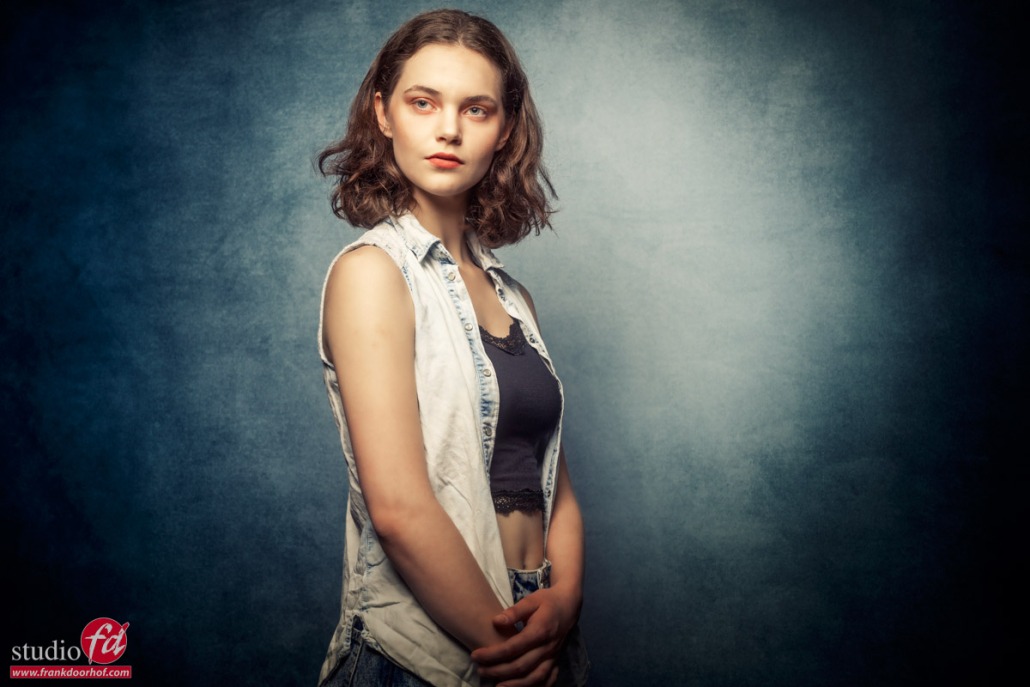
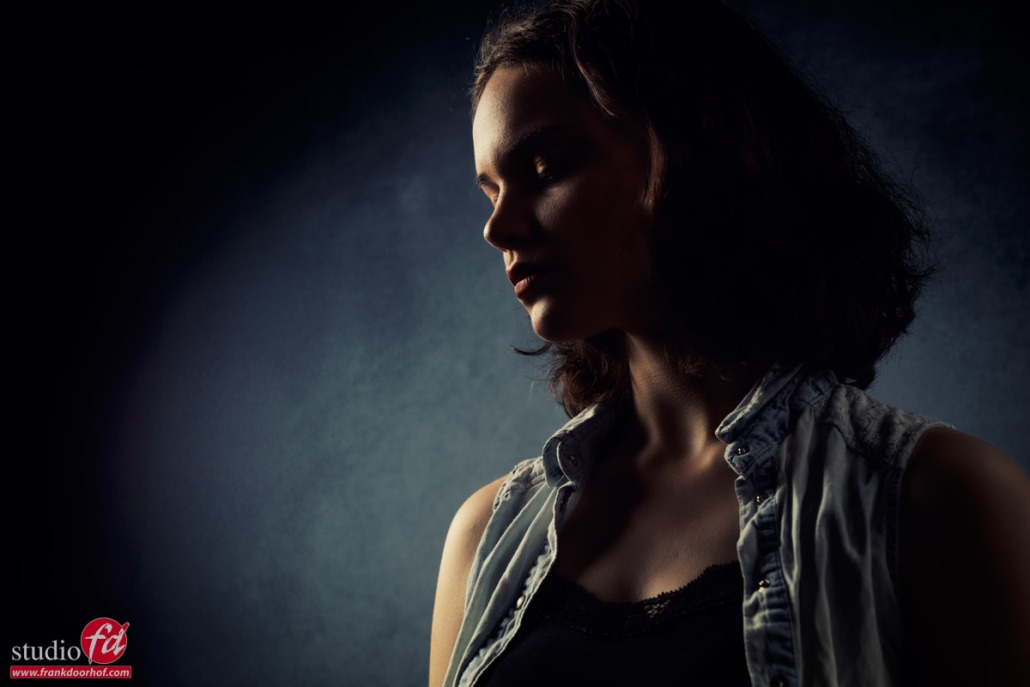
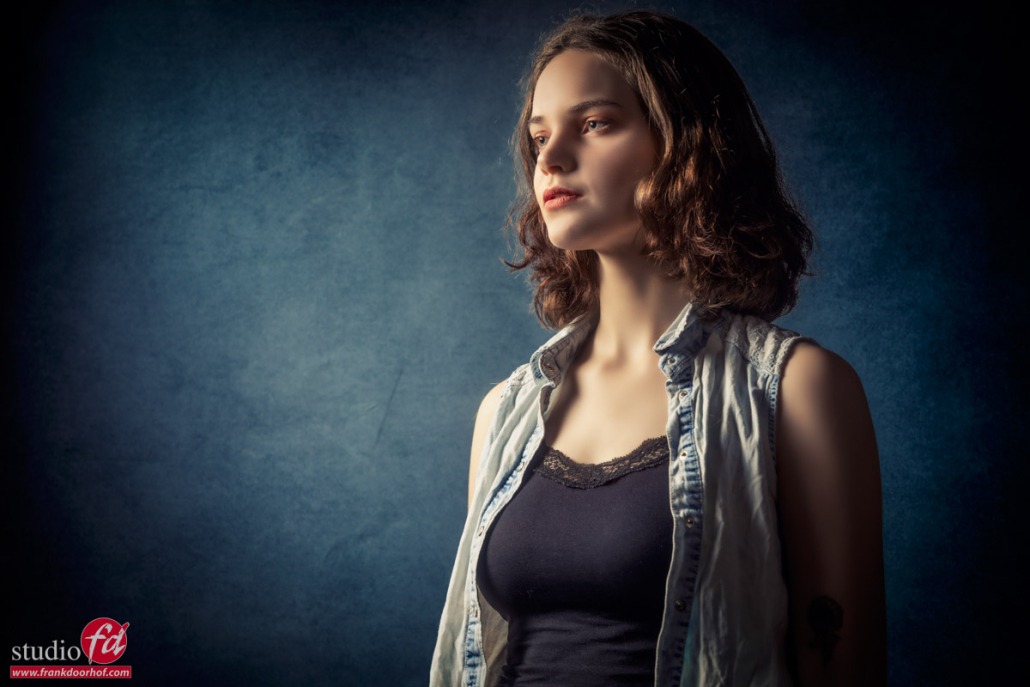
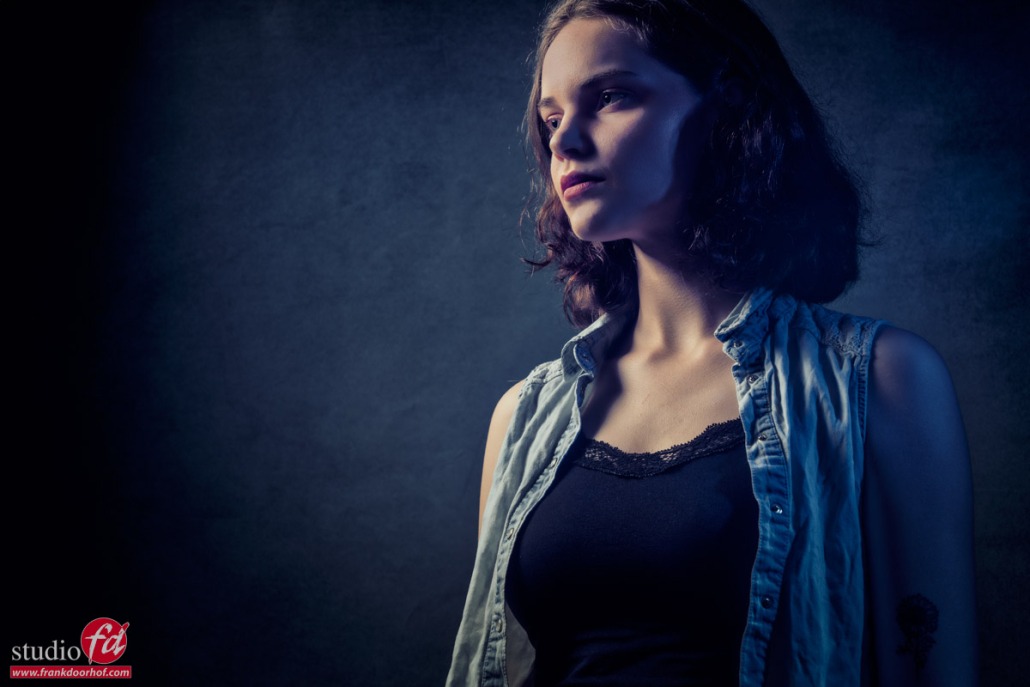
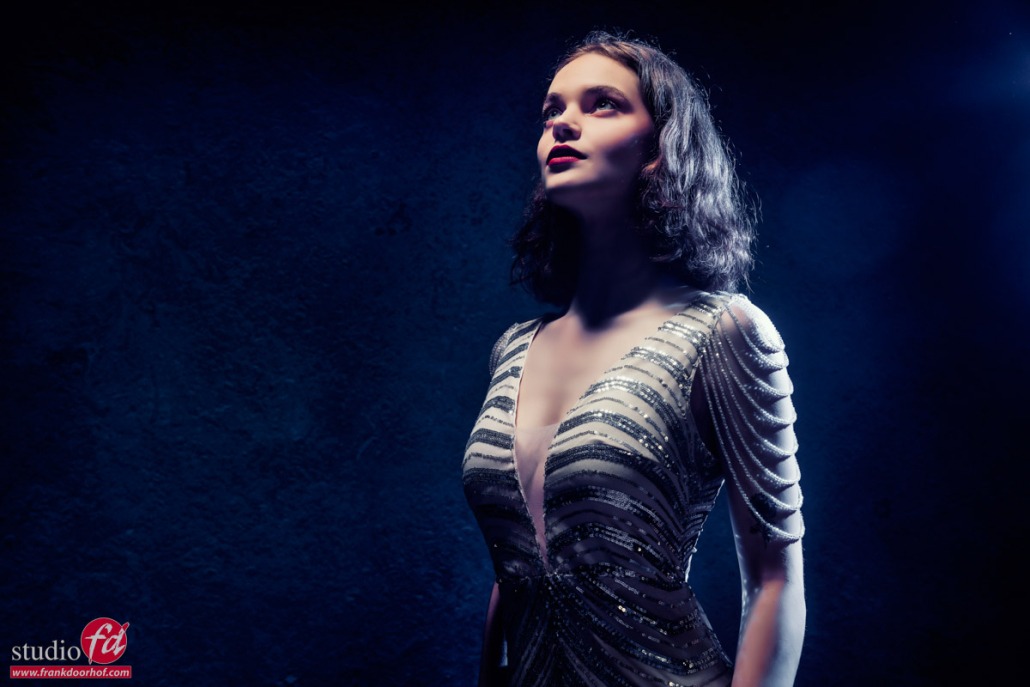
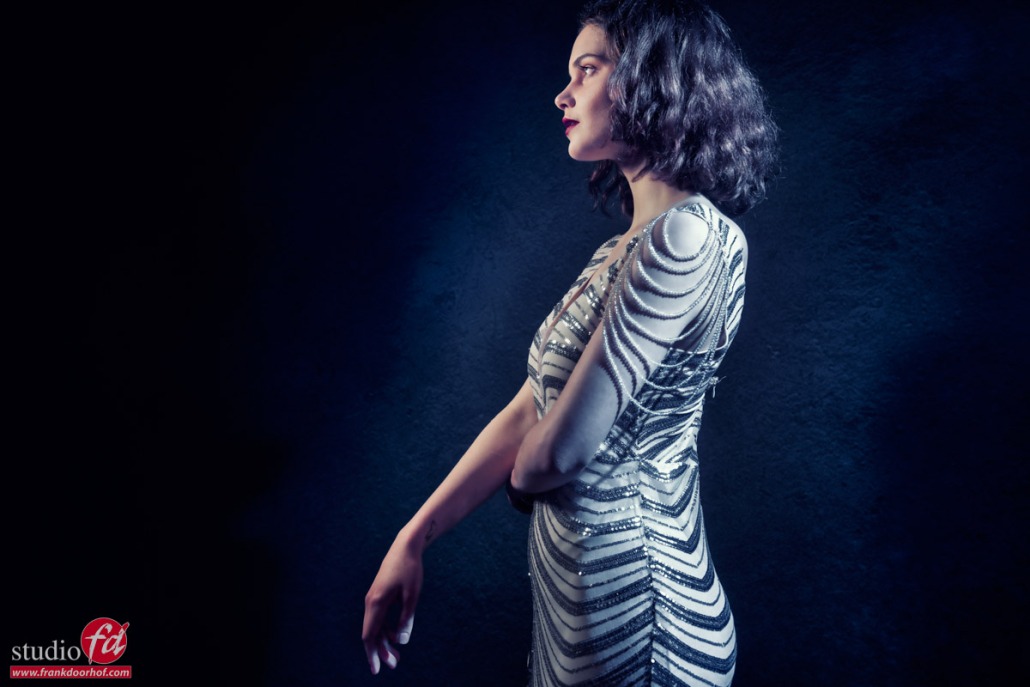
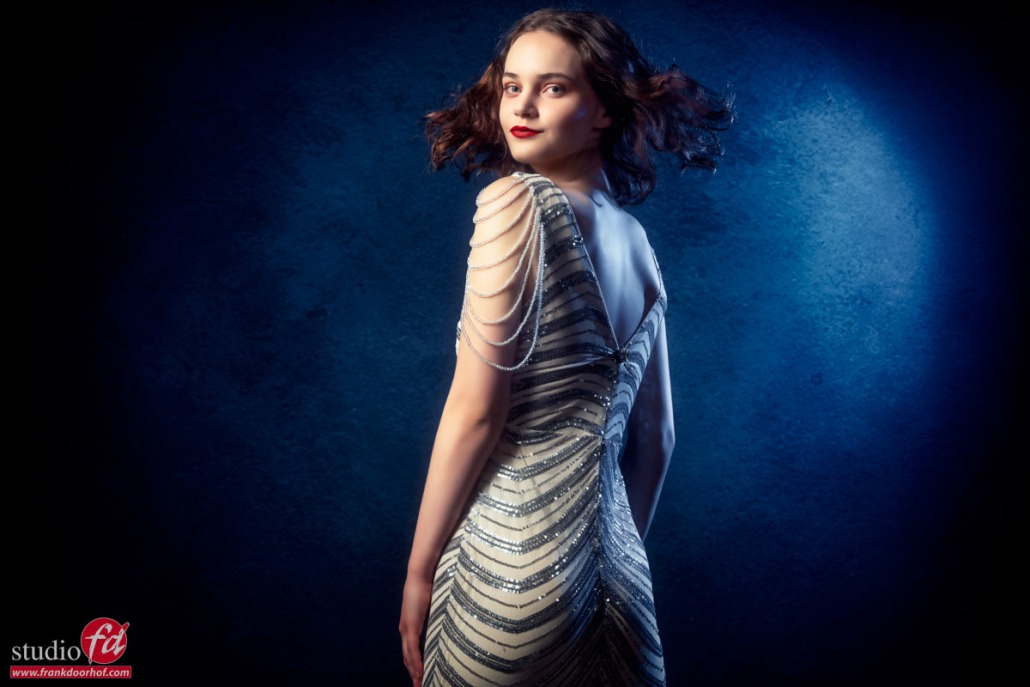
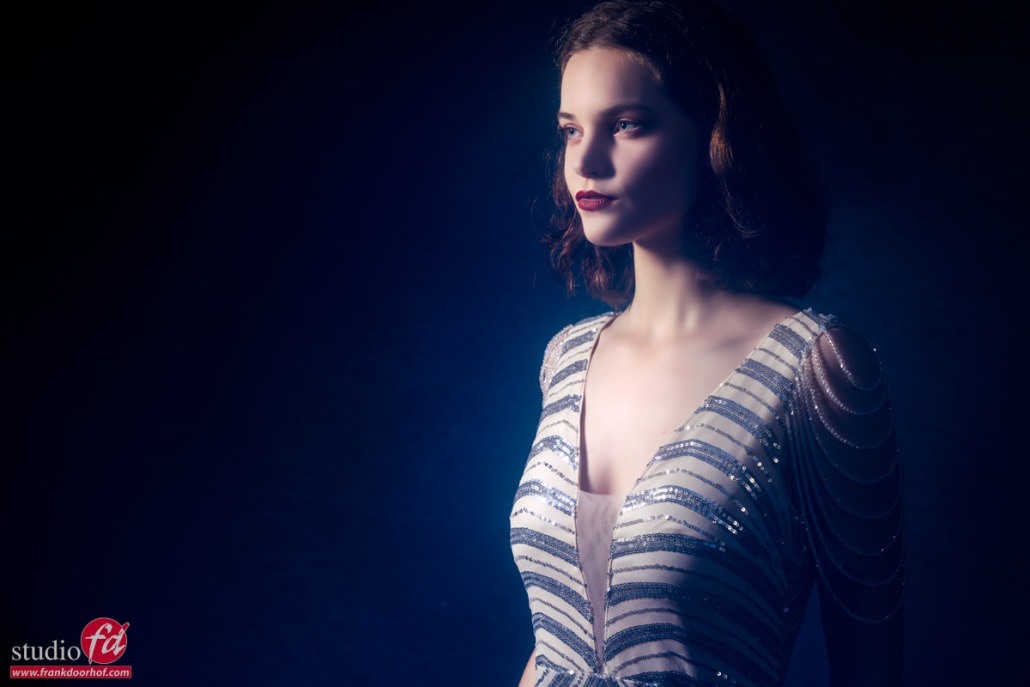
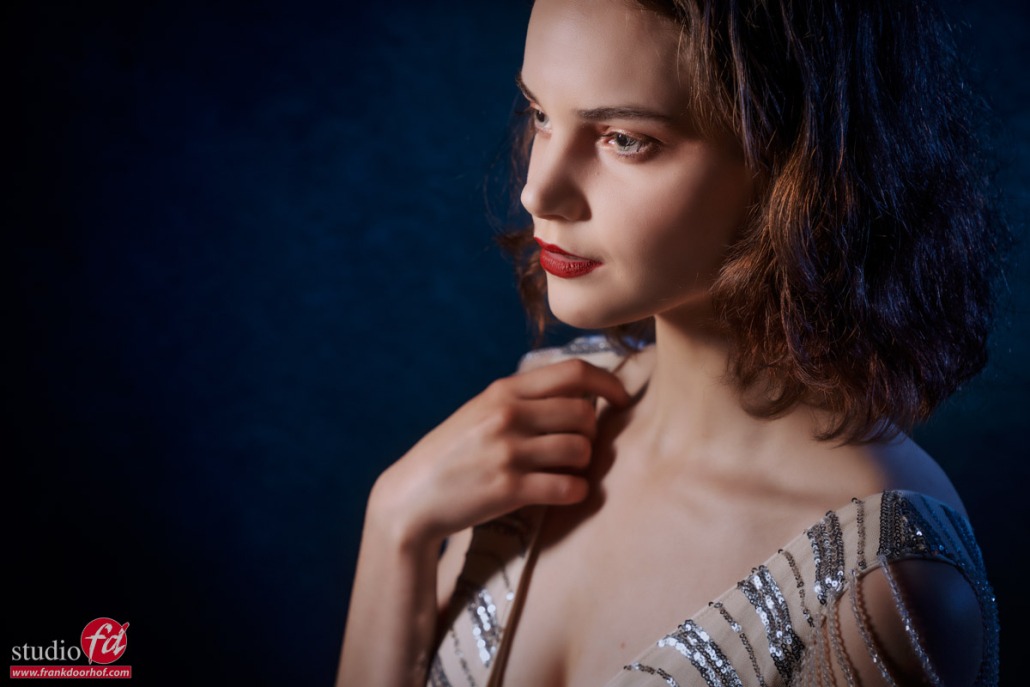
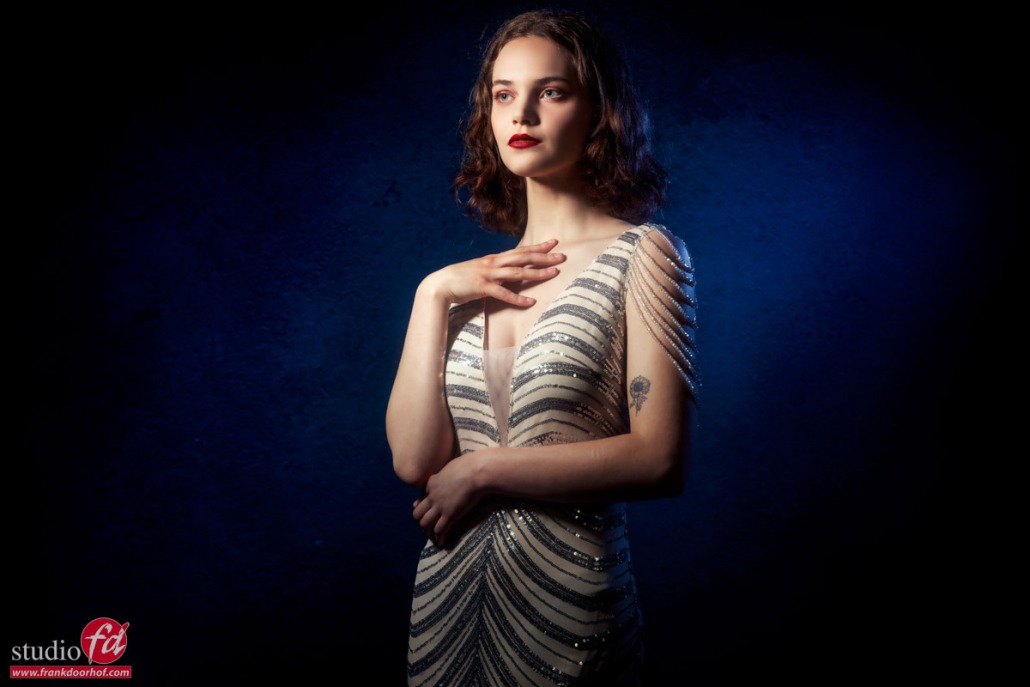
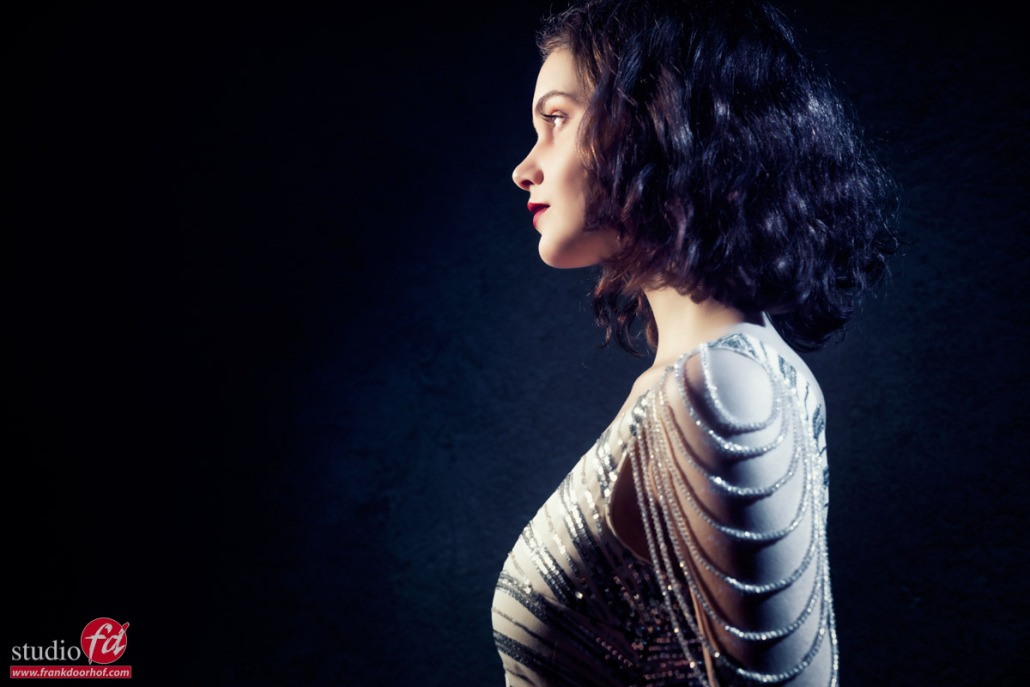

You must be logged in to post a comment.